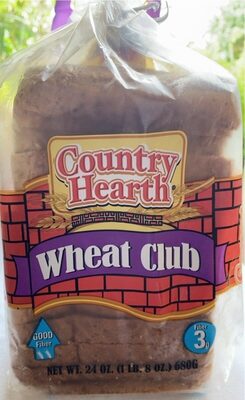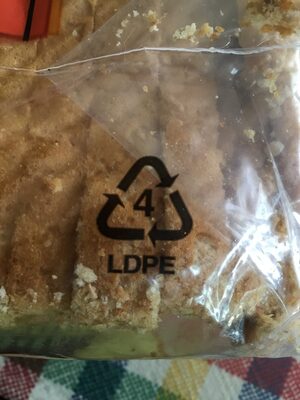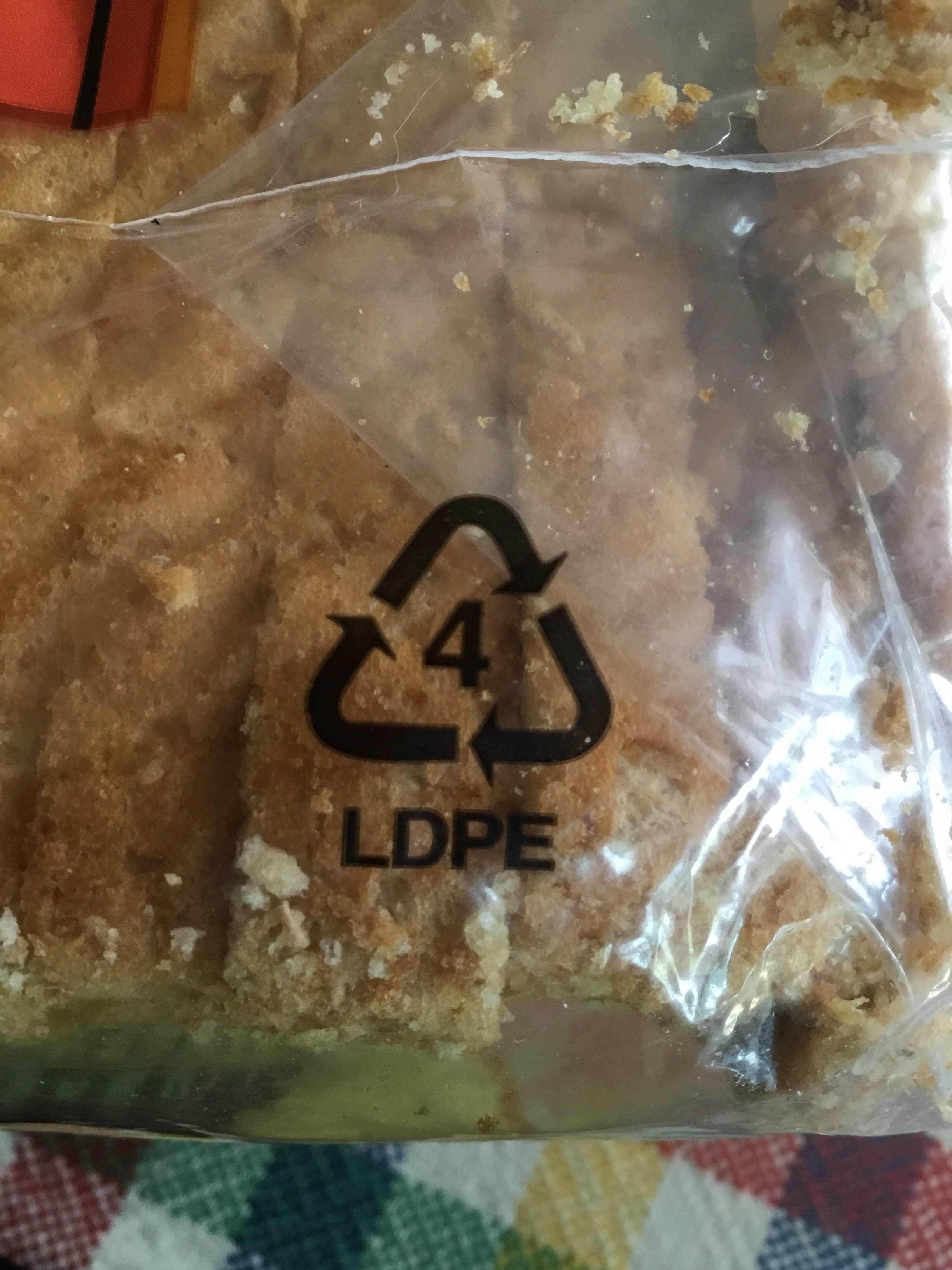Wheat Club Bread - Country Heart - 24 oz (1 lb 8 oz) 680g
This product page is not complete. You can help to complete it by editing it and adding more data from the photos we have, or by taking more photos using the app for Android or iPhone/iPad. Thank you!
×
Barcode: 0810023430353 (EAN / EAN-13) 810023430353 (UPC / UPC-A)
Quantity: 24 oz (1 lb 8 oz) 680g
Brands: Country Heart
Categories: Bread sandwich whole wheat
Countries where sold: Guadeloupe
Matching with your preferences
Report a problem
Data sources
Product added on by kiliweb
Last edit of product page on by sallyann.
Product page also edited by yuka.sY2b0xO6T85zoF3NwEKvlnxCctv4kgKeMkDgs3GV2fSzCrzTRPRVyYzaHKo.
If the data is incomplete or incorrect, you can complete or correct it by editing this page.












